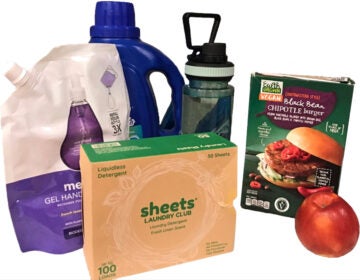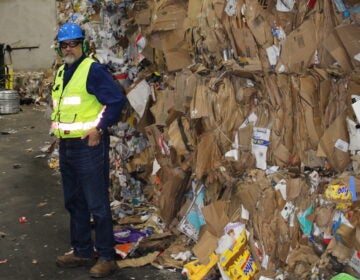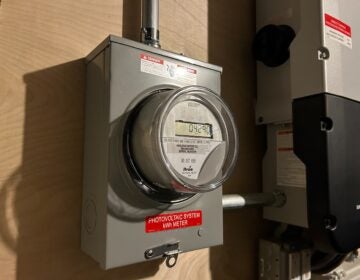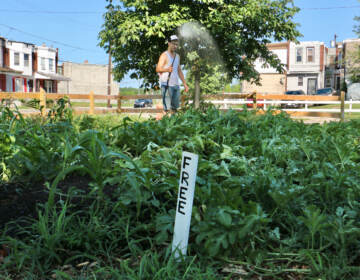5 ways to make your Philly-area home greener
Worried about your carbon footprint, but not sure where to start? Turns out there’s plenty you can do at home.
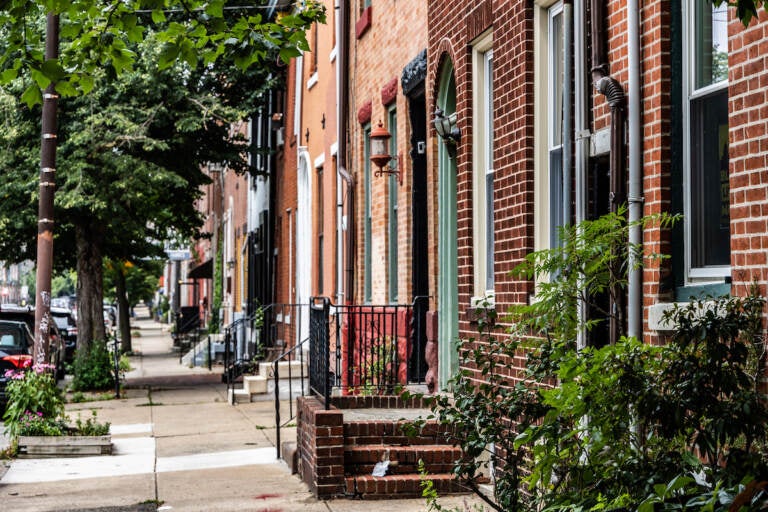
Rowhouses in Philadelphia’s Northern Liberties neighborhood. (Kimberly Paynter/WHYY)
This story is part of the WHYY News Climate Desk, bringing you news and solutions for our changing region.
From the Poconos to the Jersey Shore to the mouth of the Delaware Bay, what do you want to know about climate change? What would you like us to cover? Get in touch.
When you think of your “carbon footprint,” you might think of the car you drive or the amount of meat you eat.
But where you live is also very important. Homes comprise almost a fifth of the country’s total energy-related greenhouse gas emissions.
“Buildings are one of the most important components of our strategies to combat climate change,” said Holly Samuelson, a professor of architecture at Harvard University who studies building design and carbon emissions. “We can actually make money by abating carbon in buildings because a lot of [energy efficiency] measures… result in lower utility bills. There’s actually not a plan to combat climate change that keeps emissions below certain targets that doesn’t include major retrofits to existing buildings.”
Here are five ways you can reduce your home’s energy use.
Turn down your thermostat
The cheapest way to lower your home’s energy use is to change your behavior. That could mean putting on a sweater.
“Changing the set points [on your thermostat] so that you are maybe a little bit on the precipice of discomfort, but you are much more energy efficient,” said Tarek Rakha, an architecture professor who directs the High Performance Building Lab at Georgia Tech.
Your heating and cooling bills could drop up to 10% if you turn your thermostat back from its typical setting by 7 to 10 degrees for at least eight hours a day, according to the U.S. Department of Energy.
Rakha also recommends unplugging appliances like TVs when you’re not using them and making sure your lights are off during the day.
Take advantage of the sun. Shade your windows when your home is too warm, then let the sun in when you need the heat.
“We want to remove the obstructions and then have a variable shading approach,” Rakha said. “We’re talking about Venetian blinds, for example, that you’re able to toggle so that you are allowing the sun to come in when you need it and also protecting [your home] from it during the summer.”
Do an energy audit and seal up the cracks
Between 15% and 30% of energy loss in a home can come from leaky windows, doors, foundations or roofs, said Simi Hoque, a professor of architectural engineering at Drexel University who studies energy conservation. It’s important to find and seal these leaks.
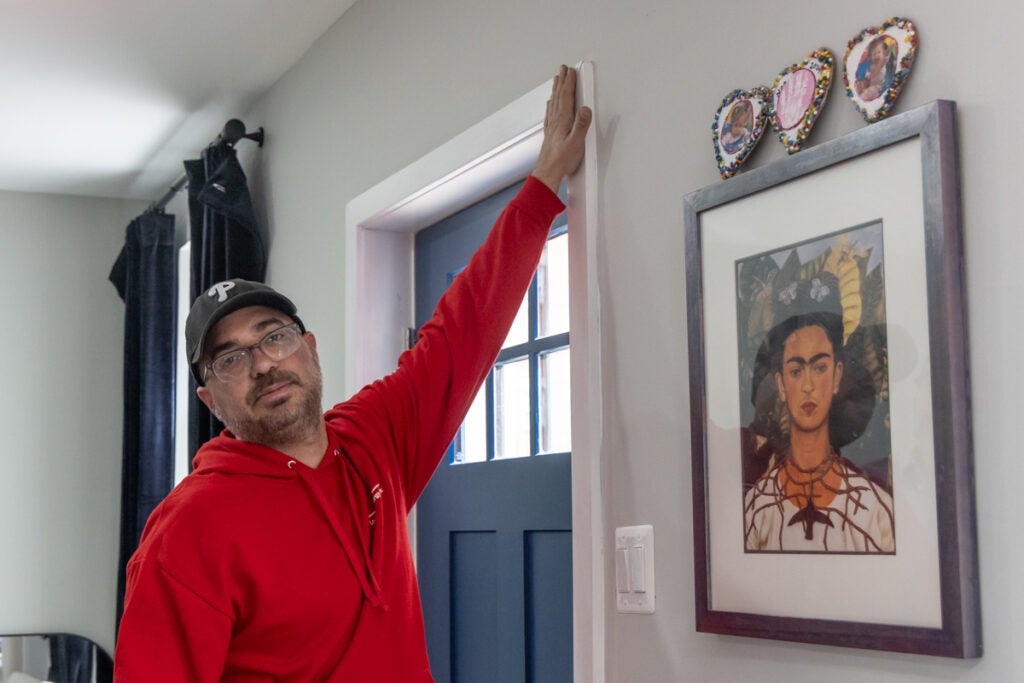
“Almost like saying, I have a bucket of water. It has a hole in it, but I’m just gonna keep pouring water in it. I’ll just pour a lot more water, because there’s a hole at the bottom,” Hoque said. “First fix the hole, then pour the water in.”
One way to start this process is to perform a do-it-yourself home energy assessment, or hire a professional, certified energy auditor.
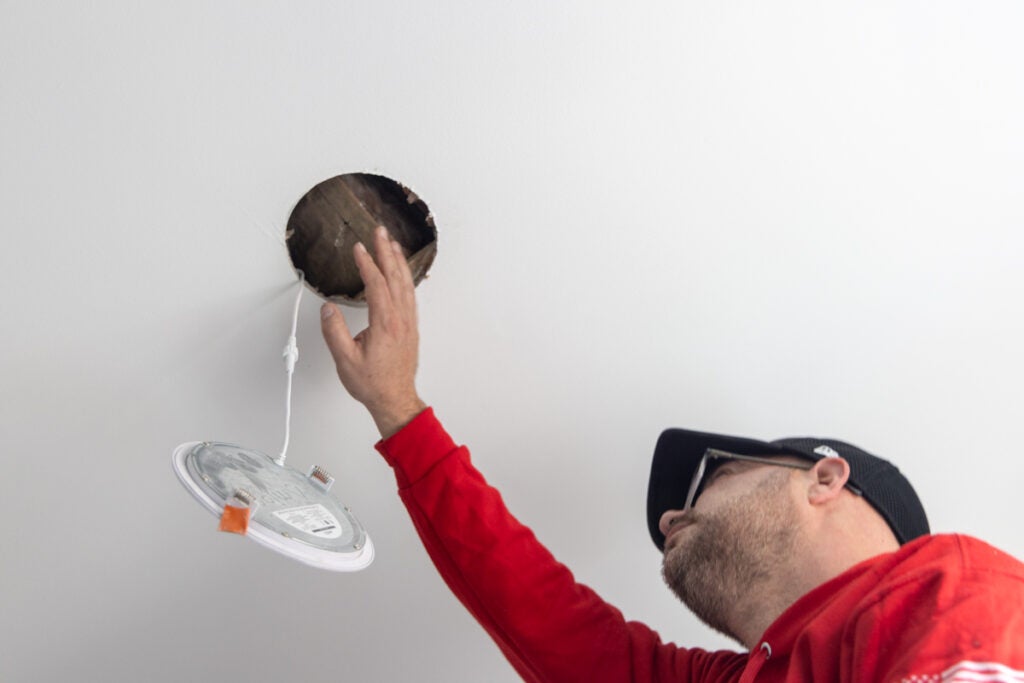
Professional auditors use devices called blower doors — essentially large fans attached to flexible frames that fit into exterior doors — to suck air out of a home. This pulls outdoor air in through any cracks, allowing auditors to calculate a measure of the home’s airtightness.
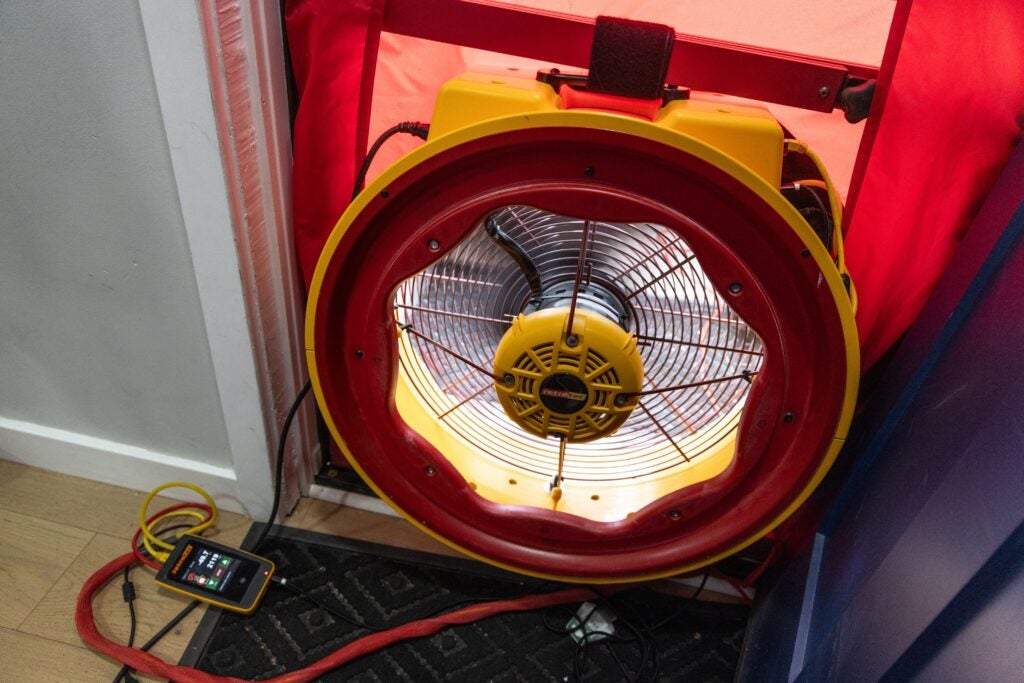
Energy auditors may use an infrared camera or smoke pencil to look for leaks, which often occur around doors, windows, baseboards, light switches and electrical outlet covers.
The next step is to seal the cracks with caulking, weather-stripping, foam gaskets or spray foam. Add insulation inside the walls if possible or underneath exterior wall cladding.
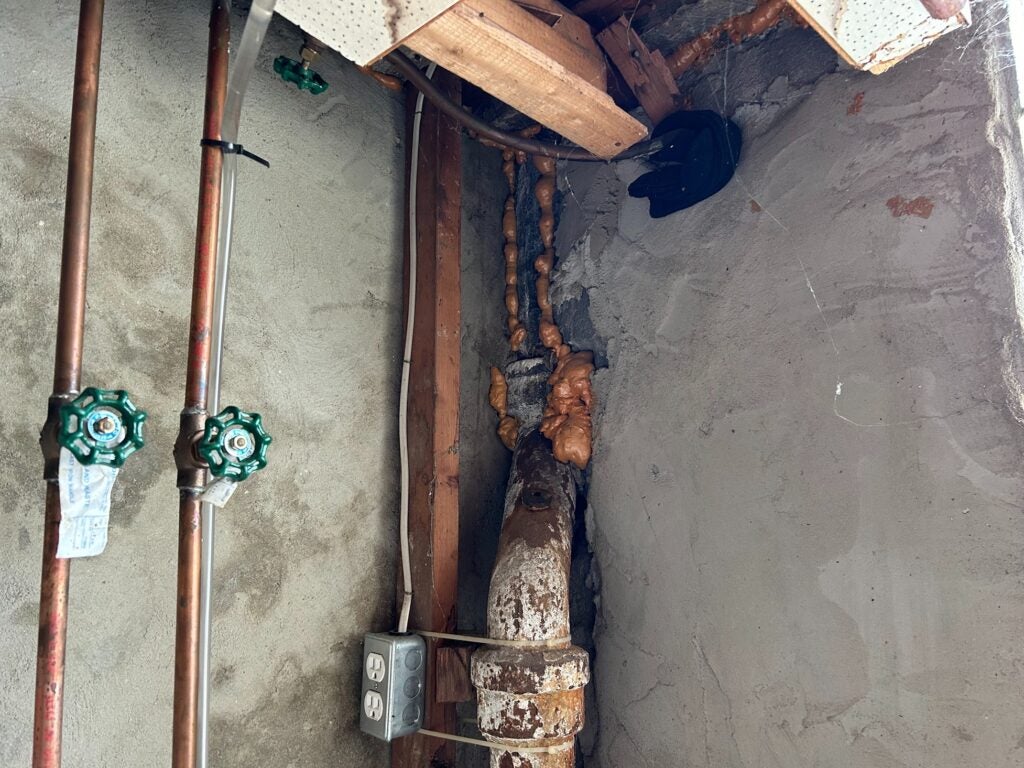
The EPA estimates that insulating the attic and crawl space and fully air sealing the typical four-bedroom home in Philadelphia, Delaware or South Jersey could save a household around 17% on heating and cooling bills.
Hoque weatherized her southeastern Pennsylvania home a few years ago and saw her energy bills go down.
“But more importantly, it made us feel much more comfortable,” Hoque said. “There were parts of our house where we just wouldn’t hang out in the winter and now we’re spending more time in there without having to put on a winter coat.”
But it’s possible to make a house so tight that it compromises indoor air quality, Hoque said.
“The idea of having a healthy house sometimes comes into direct conflict with having an energy-efficient house, because a healthy house means that you have a lot of ventilation, you’re bringing in a lot of fresh air and you’re expelling a lot of indoor air pollutants,” she said.
If this is a problem in your home, Hoque recommends exploring heat recovery ventilation systems that “can capture some of that heat that you’re throwing out.”
Put a hat on your home
Adding insulation under your roof is another cost-effective way to reduce your home’s energy use, Hoque said.
Because heat rises, an insulated roof helps prevent heat from escaping a home during the winter.
“In the winter… if you don’t have very much insulation in the ceiling or the rooftop of your building, then all that heat is being lost at night time… and you’re basically heating the outdoors,” she said. “In the summertime, the reason to have insulation there is because the heat is actually penetrating through the roof, and then it’s making that second or third floor bedroom too hot.”
In places with hot summers, coating a roof with a light-colored, reflective material helps bounce the sun’s rays back off, and keep the home cool.
“So that when your roof is baking in the sun, that heat’s not penetrating into you,” Samuelson said.
In cold places, cool roofs can create a “heating penalty,” meaning they reduce the natural heat gain from the sun in the winter and raise heating costs. But this heating penalty is “typically” offset by savings on cooling in the summer, according to the EPA.
Roughly two decades ago, the Energy Coordinating Agency conducted a pilot project that coated the flat roofs of Philly rowhomes white and installed roof insulation. The organization’s director at the time reported to the EPA that the two measures together reduced upstairs temperatures by several degrees on hot summer days.
Electrify your appliances
The massive climate bill that Congress passed in 2022 includes rebates for things like electrical upgrades, electric heat pump HVAC systems, and electric heat pump hot water heaters — which are beginning to roll out this year.
Heat pumps are devices that use electricity to both heat and cool a house — by transferring heat from one place to another, similar to how a refrigerator works. These units are efficient and can blow hot or cold air through ducts, or out of a ductless unit mounted on a wall.
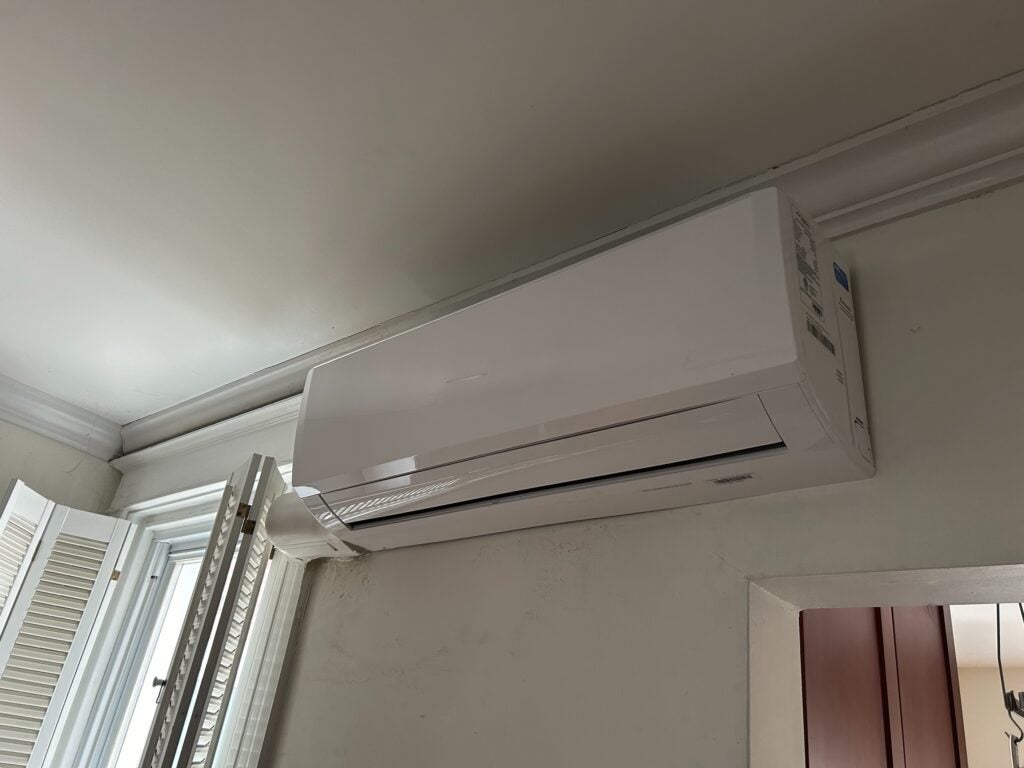
A recent study found that heat pumps will lower your household’s carbon emissions over the 16-year life of the appliance anywhere across the country.
Another energy-efficient option is installing a solar water heater. These don’t require solar panels, but rather run household water or non-freezing liquids through special tanks or tubes on a home’s roof designed to capture the sun’s heat.
Solar water heaters usually require a backup gas or electric hot water heater for cloudy days. But Hoque says they lower your energy use, typically pay off in just a few years, and even work during the winter.
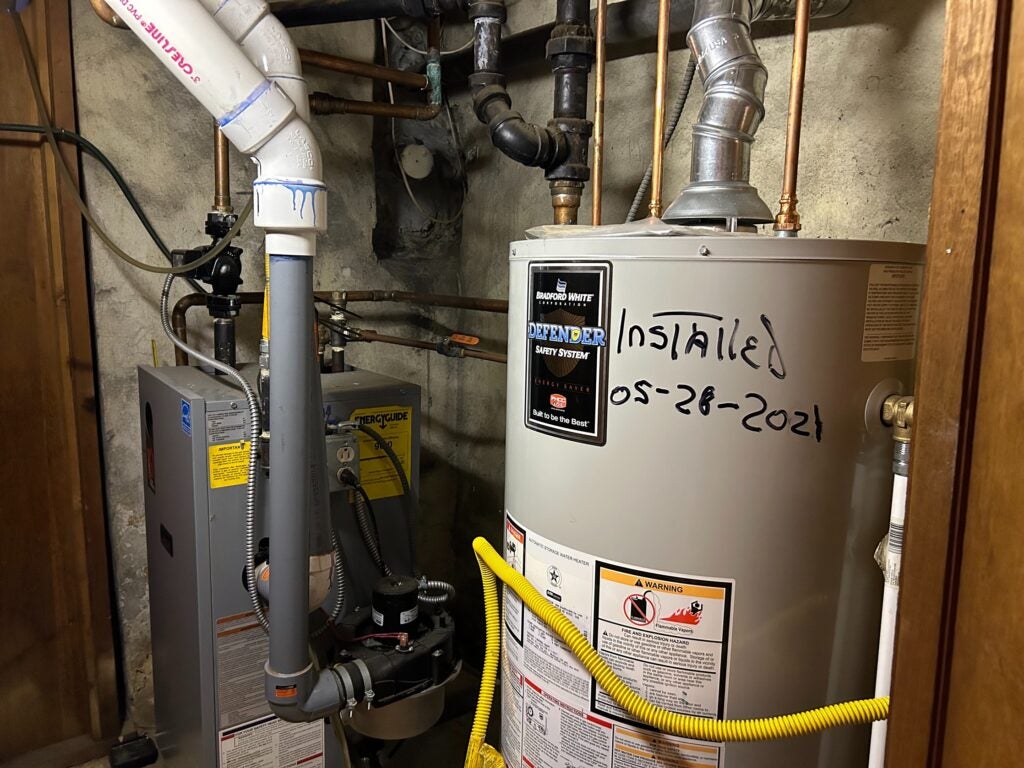
Although fossil fuels currently make up about 55% of the electricity generation in Delaware, New Jersey and most of Pennsylvania, switching from gas-powered appliances like boilers and stoves to electric versions remains a climate-friendly move, Samuelson said. This is because it avoids “technology lock-in.”
“When you put a fossil fuel-based system into a building, that decision will have ramifications for decades,” she said. “And our grids are getting cleaner. So the best way to take advantage of a cleaning grid is to put in electric systems to begin with, because they are not only going to be in place today, but they’re going to be in place for decades.”
If switching to electric is not an option, installing newer, more efficient gas-powered appliances will also cut down your home’s energy use, Hoque said.
Consider rooftop solar
Installing solar panels on your roof ensures the electricity you use at home is free of planet-warming carbon emissions and can boost your home’s resilience during power outages.
“It’s something that’s actually pretty easy to do if you have access to a roof,” Samuelson said. “It’s pretty non-disruptive to your home. All the work happens outside. It’s pretty quick and easy to hire one installer to put it on your roof without changing anything — without even cleaning up on the inside of your house.”
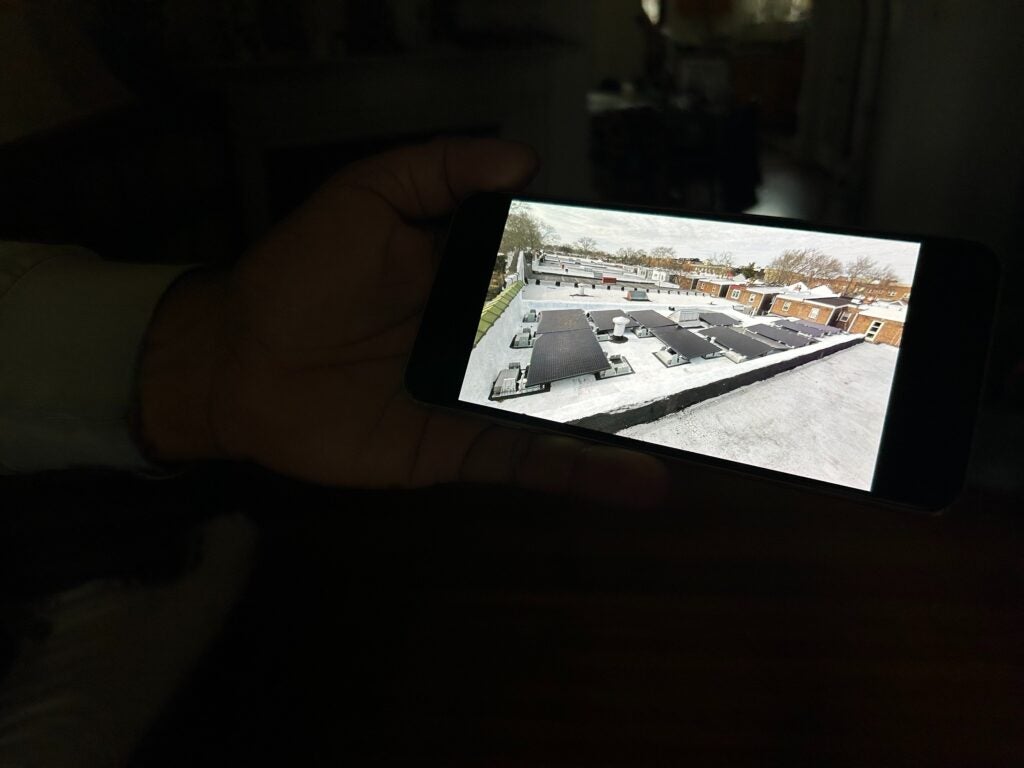
However, solar panels often carry high up-front costs and aren’t viable for every roof.
Solarize Philly, a program through the Philadelphia Energy Authority, offers free solar assessments and leasing options that allow Philadelphia homeowners to go solar without an upfront investment.
The federal government also offers a 30% tax credit on residential photovoltaic systems.
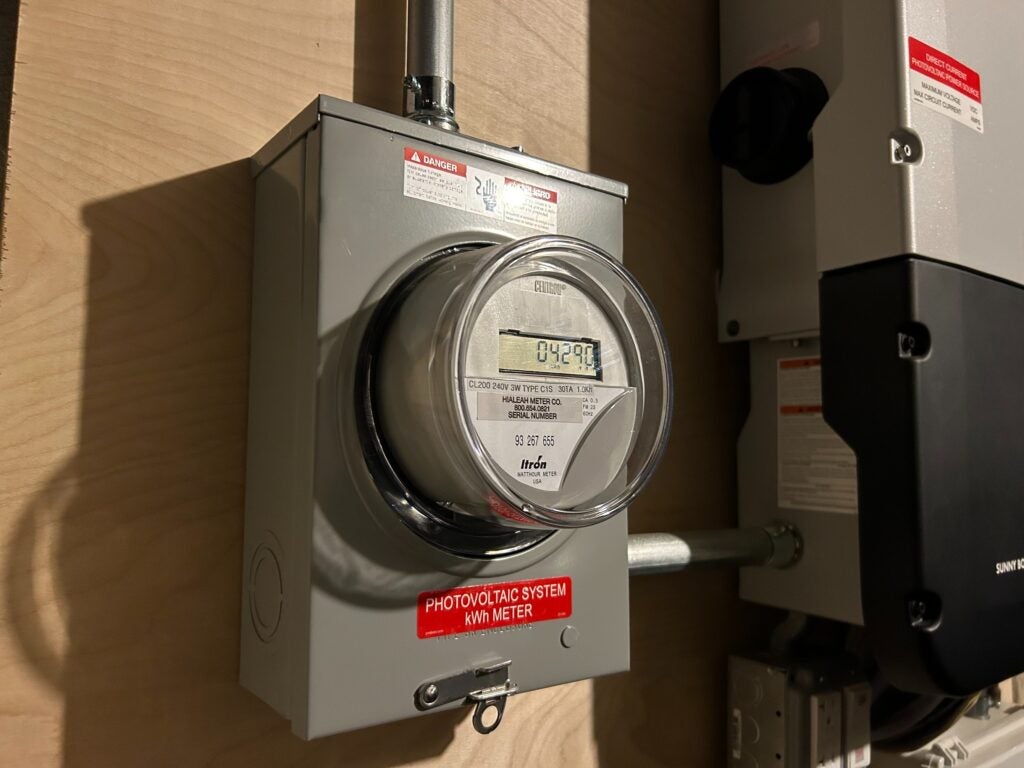
As you consider whether rooftop solar is right for your home and household, make sure you’re asking the right questions. Always use a certified solar installer, get multiple quotes, read customer reviews and watch out for scams.

Saturdays just got more interesting.
WHYY is your source for fact-based, in-depth journalism and information. As a nonprofit organization, we rely on financial support from readers like you. Please give today.




